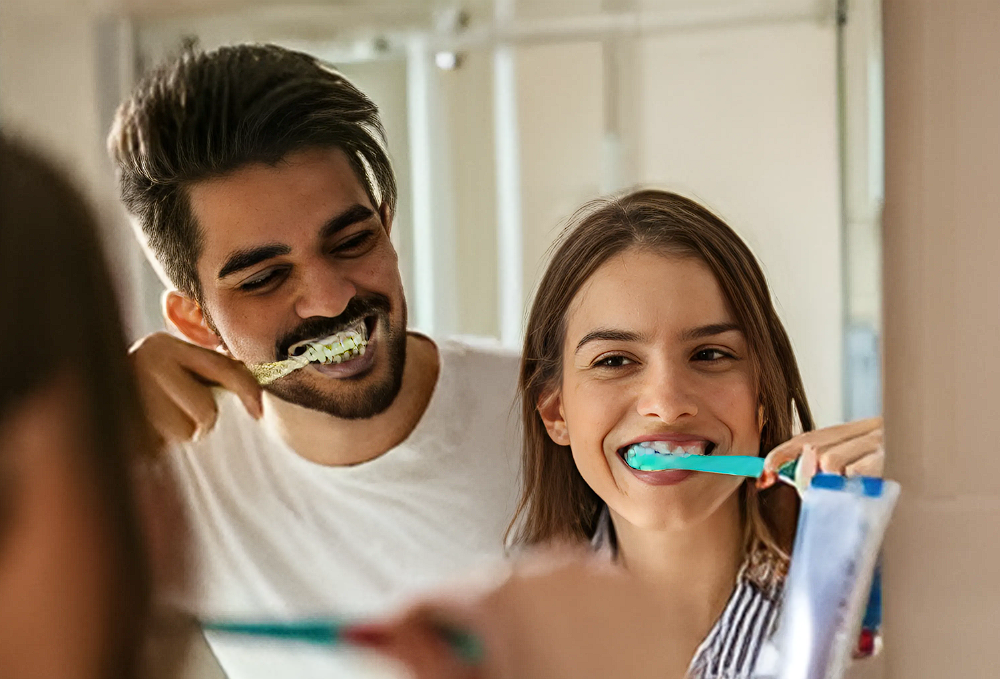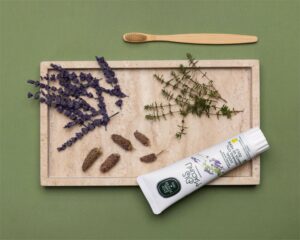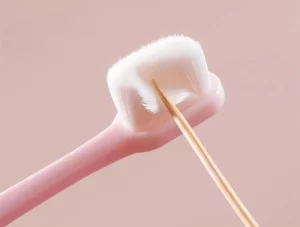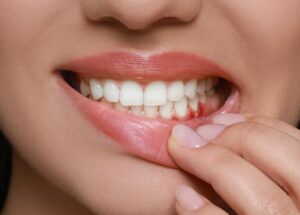Using proper tools and maintaining a consistent routine are essential for oral hygiene. Here’s what dental professionals recommend:
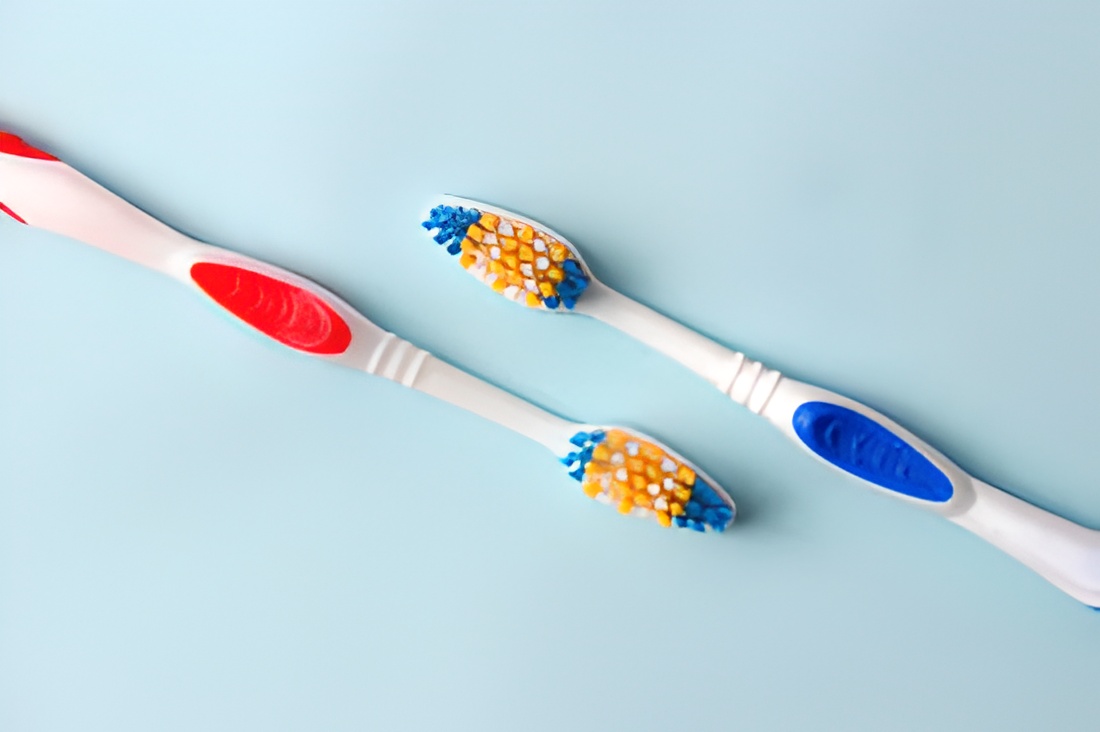
Toothbrush
A toothbrush is the most basic yet essential tool for cleaning your teeth.
How to Use It:
- Choose a soft-bristled toothbrush to avoid damaging your enamel and gums.
- Apply a pea-sized amount of fluoride toothpaste to the bristles.
- Hold the toothbrush at a 45-degree angle to your gums.
- Brush in gentle, circular motions to clean all tooth surfaces—front, back, and chewing surfaces.
- Spend at least two minutes brushing your teeth.
- Don’t forget to brush your tongue gently to remove bacteria and freshen your breath.
- Replace your toothbrush every 3-4 months or sooner if the bristles are frayed.
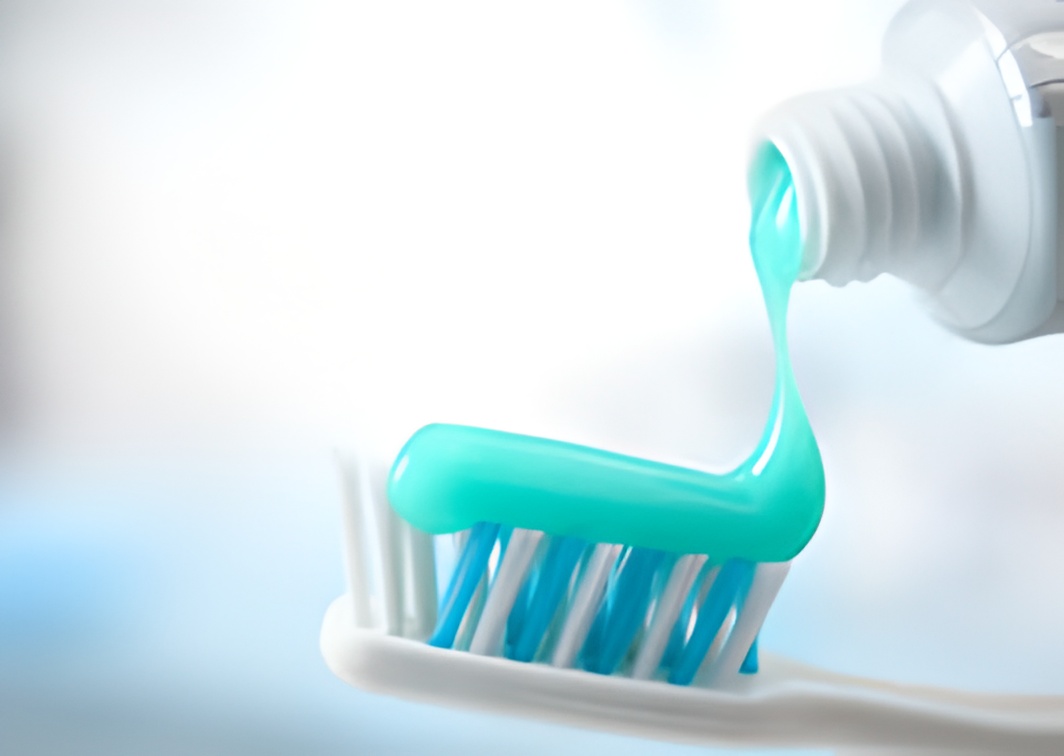
Fluoride Toothpaste
Fluoride toothpaste helps strengthen enamel and protect teeth from decay.
How to Use It:
- Use a pea-sized amount for adults and a rice-grain-sized amount for children under six.
- Brush twice daily with fluoride toothpaste, ensuring you spit out any excess but avoid rinsing immediately for maximum fluoride effectiveness.
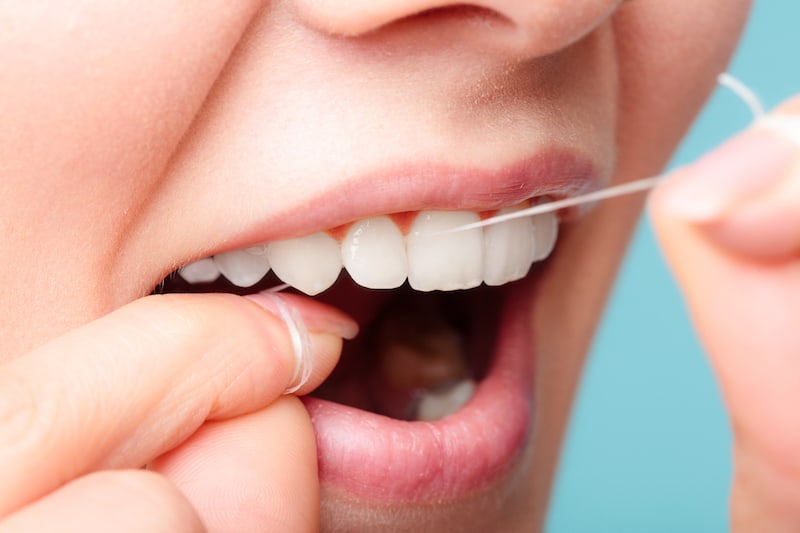
Dental Floss
Flossing removes plaque and food particles between teeth where your toothbrush can’t reach.
How to Use It:
- Cut about 18 inches of floss and wind most of it around your middle fingers.
- Hold the floss tightly between your thumbs and forefingers.
- Gently slide the floss between your teeth, curving it into a “C” shape around each tooth.
- Move the floss up and down gently, avoiding snapping it into your gums.
- Use a clean section of floss for each tooth.
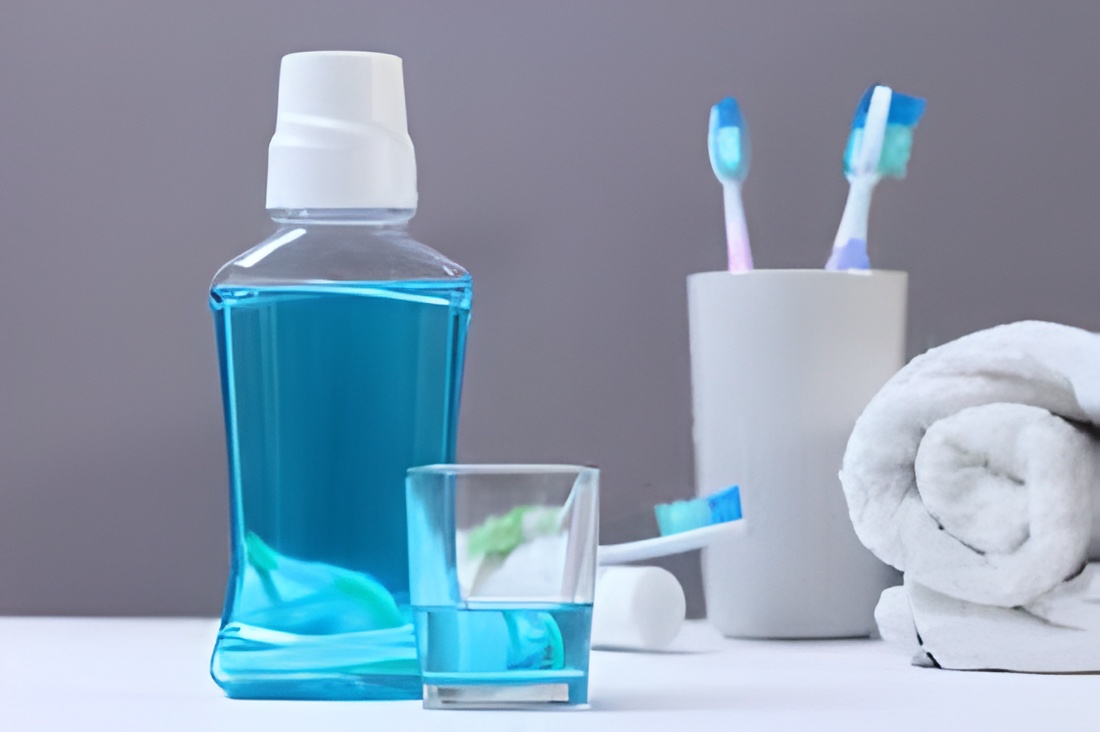
Mouthwash
Mouthwash provides additional protection against bacteria, freshens breath, and strengthens teeth (if fluoride-based).
How to Use It:
- Pour the recommended amount (usually about 20ml) into a cup.
- Swish the mouthwash around your mouth for 30 seconds, ensuring it reaches all areas, including between teeth.
- Spit it out—do not swallow.
- Use mouthwash after brushing and flossing or as directed by your dentist.
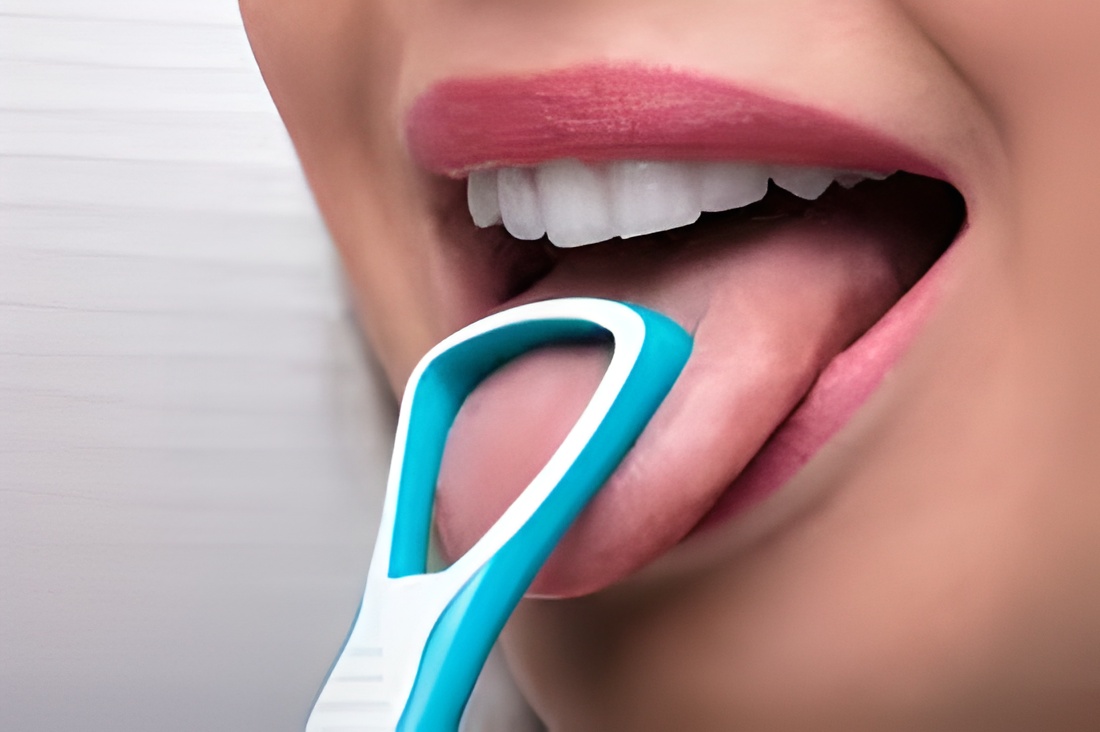
Tongue Scraper
A tongue scraper removes bacteria and debris from your tongue, helping to reduce bad breath.
How to Use It:
- Hold the tongue scraper firmly.
- Stick out your tongue and place the scraper at the back of your tongue.
- Gently pull the scraper forward along the surface of your tongue.
- Rinse the scraper after each pass and repeat as needed.
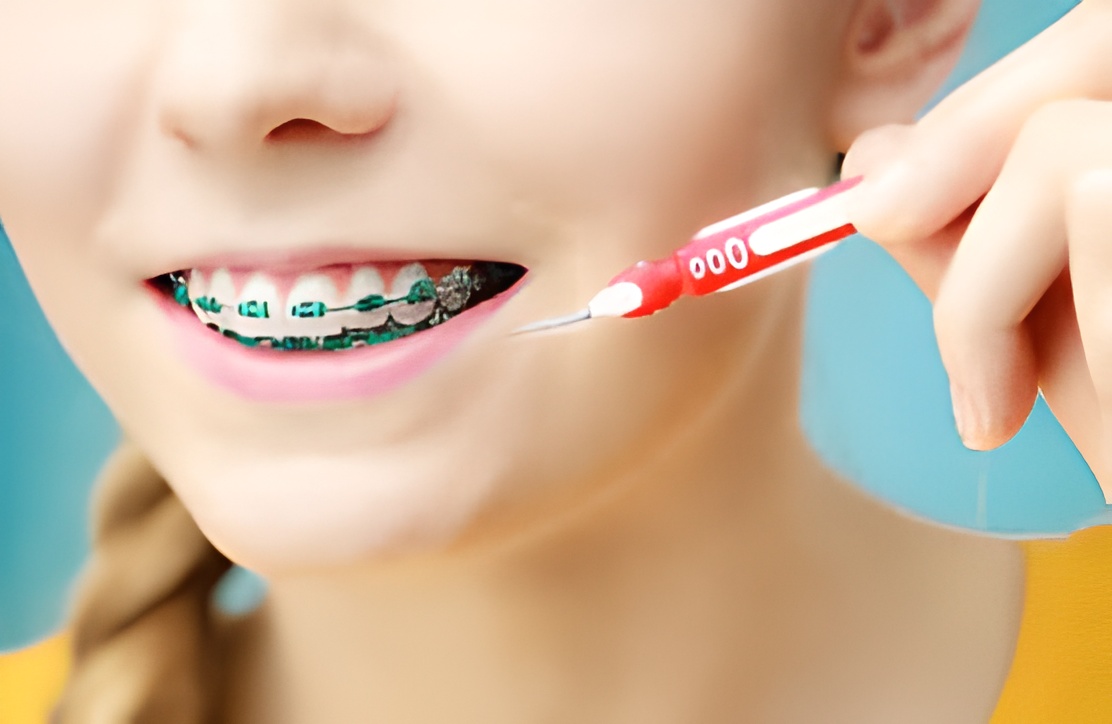
Interdental Brushes
Interdental brushes are small, narrow brushes designed to clean between teeth. They are ideal for people with braces, wider gaps, or dental work like crowns.
How to Use It:
- Choose the correct brush size—ask your dentist for recommendations if unsure.
- Insert the brush gently between your teeth without forcing it.
- Move it back and forth a few times to remove plaque and debris.
- Rinse the brush after each use and replace it once the bristles are worn.
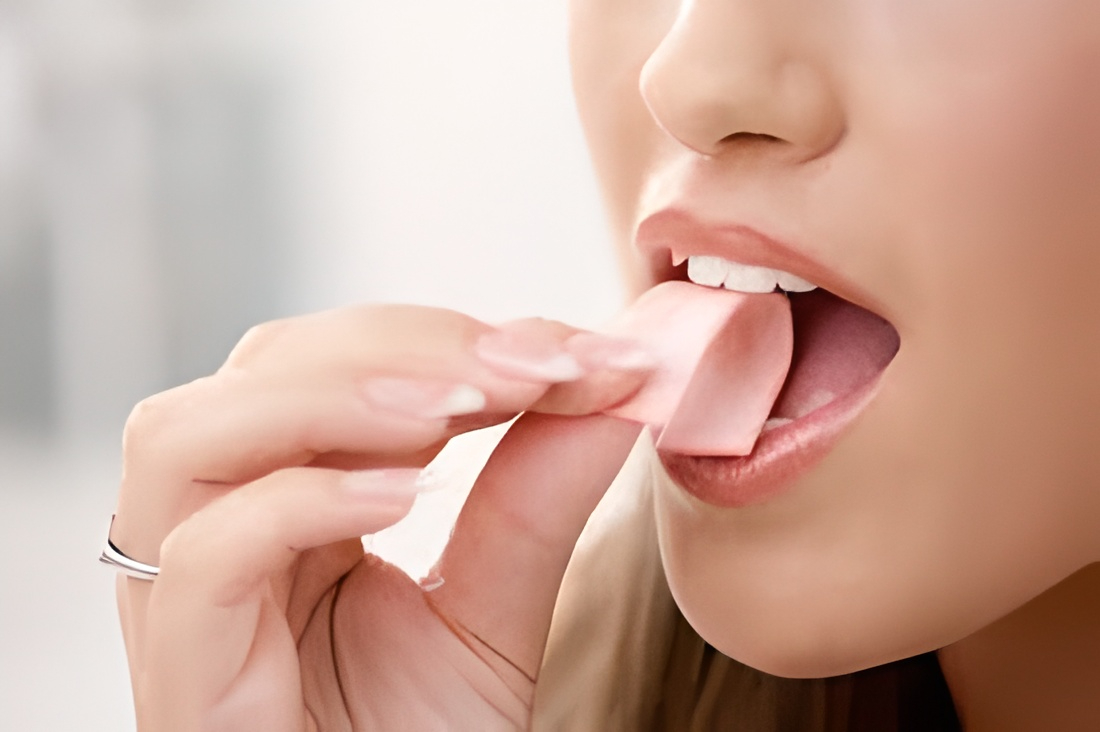
Sugar-Free Gum
Sugar-free gum stimulates saliva production, which helps neutralize acids and clean your teeth naturally.
How to Use It:
- Chew a piece of sugar-free gum for about 20 minutes after meals.
- Choose gums with xylitol for added cavity prevention benefits.
- Avoid excessive gum chewing to prevent jaw strain.
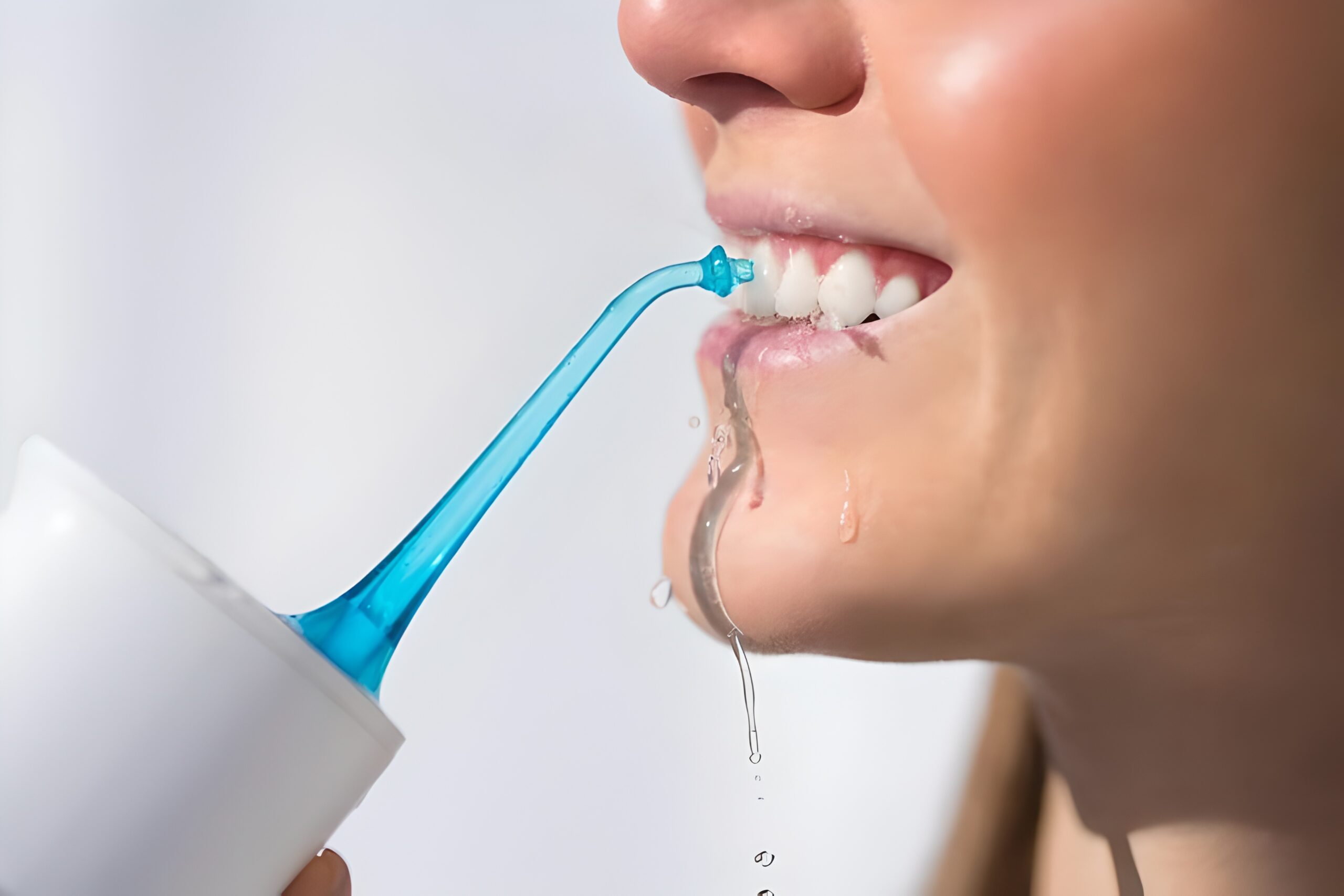
Water Flosser
A water flosser uses a stream of water to clean between teeth and along the gumline. It’s especially useful for people with braces or sensitive gums.
How to Use It:
- Fill the reservoir with lukewarm water.
- Select the appropriate pressure setting.
- Lean over the sink and aim the tip at a 90-degree angle to your gumline.
- Turn it on and glide it along your gumline and between teeth.
- Empty the reservoir and clean the flosser after each use.
Sources:
- American Dental Association (ADA) – Fluoride Information
- Mayo Clinic – Dental Flossing Benefits
- Cleveland Clinic – Mouthwash Use
- Cochrane Library – Electric vs. Manual Toothbrushes
- National Institutes of Health (NIH) – Tea and Oral Health
- Harvard Health – Impact of Sugar on Teeth
- Centers for Disease Control and Prevention (CDC) – Tobacco and Oral Health
